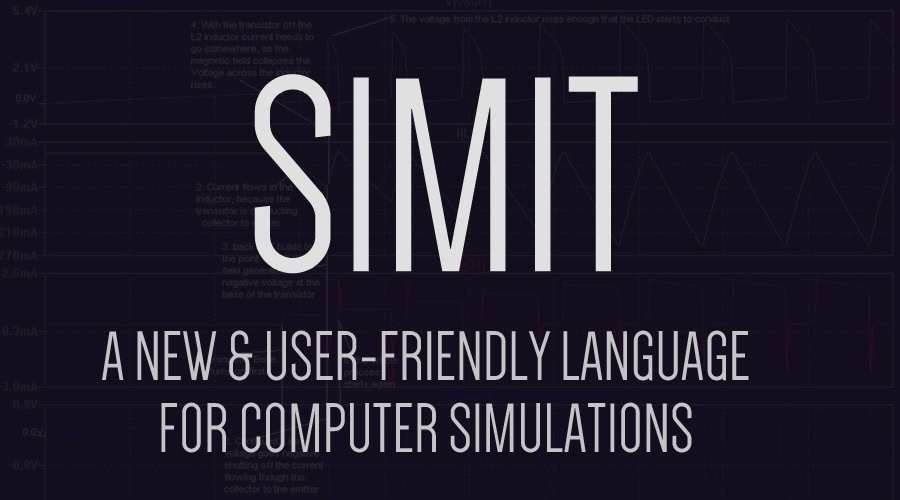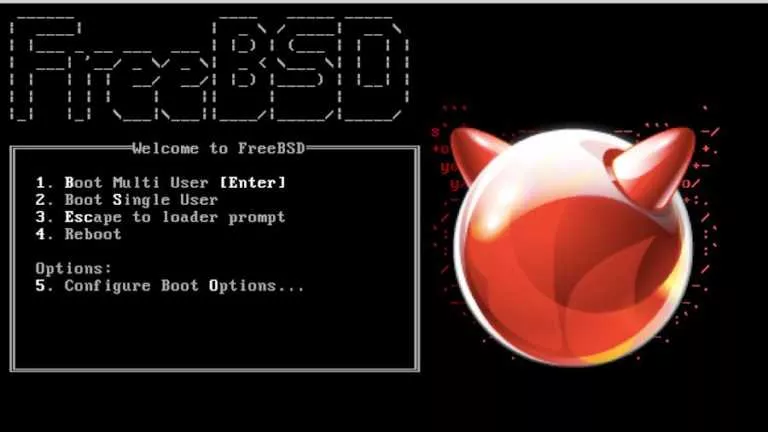Simit — A New Programming Language For Fast Computer Simulations

 Short Bytes: Researchers from MIT and other universities have collaborated to develop a new programming language called Simit. To develop physical models and simulations, this new language needs about one-tenth of code as older languages. Simit has applications outside physical simulation too, covering the areas like data analytics, machine learning, and robotics.
Short Bytes: Researchers from MIT and other universities have collaborated to develop a new programming language called Simit. To develop physical models and simulations, this new language needs about one-tenth of code as older languages. Simit has applications outside physical simulation too, covering the areas like data analytics, machine learning, and robotics.
Before going into the further details of this brand new development, I’d like to mention that computer simulations of physical systems are of common nature in engineering, science, entertainment, and programming. However, they employ the use of different types of tools. Using a physical model in two different conditions and switching back and forth is a complex process for a computer and programmers.
This newly developed programming language aims to make this switching automatic. You’ll be surprised to know that compared to the older simulations, Simit uses just one-tenth code.
According to MIT News:
While Simit needs the programmers to describe translations between a graphical depiction of a system and its matrix description, it doesn’t require the translation of graphics into matrices. By simply taking instructions in the language of linear algebra, it can make graphs.
Fredrik Kjolstad, an MIT graduate student and the first author on a paper describing Simit, says that these simulations apply to a large class of problems. He says that the language has applications outside physical simulation– in robotics, data analytics, machine learning, and optimization.
Kjolstad and his colleagues are currently working with MIT researchers to develop an application in quantum chromodynamics. They have already used Simit to create a version of Google’s original PageRank to order search results.
Simit features an impressive set of qualities that aim to eradicate the concerns caused by other languages used for simulations. Praising its qualities, Chris Wojtan, a professor at the Institute of Science and Technology Austria, says:
Did you find this article helpful? Don’t forget to drop your feedback in the comments section below.
Also Read: 6 New Programming Languages You Need To Learn In 2016







